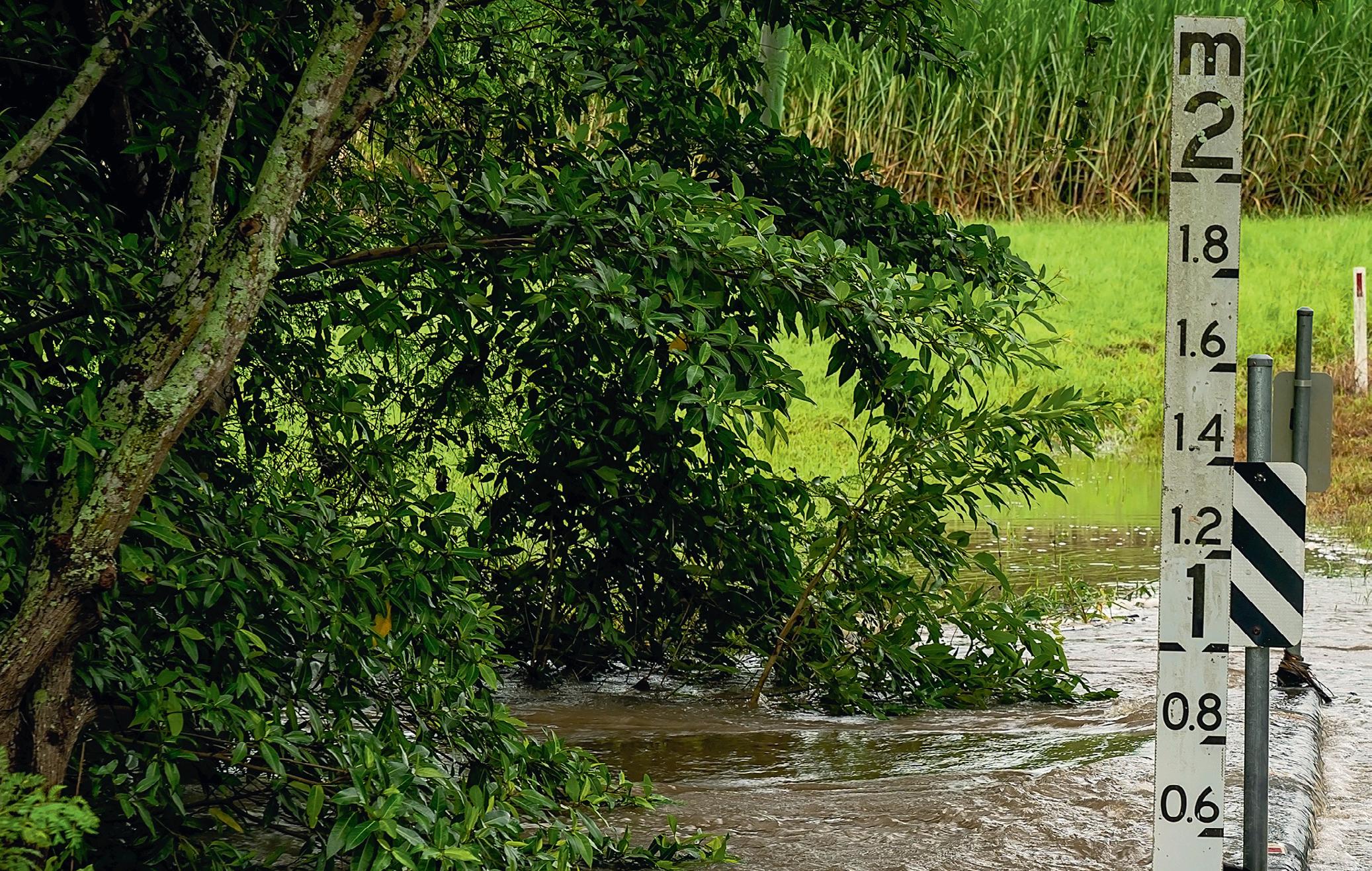FIELD EQUIPMENT
© Stock.Adobe.com/au/alexkich
HOW RUGGED DEVICES CAN HELP MAKE PUBLIC SAFETY SAFER Frank Baldrighi, Business Development Manager, Getac*
To ensure public safety, technology needs to become more rugged to get the job done.
T
he digital era has seen a great unshackling of technology. Devices essential to business operations have become more portable and seamless in internet connectivity, no longer chained to the traditional office set-up. Administrative tasks that would ordinarily require a dedicated monitor and hard drive set-up can now be completed from anywhere thanks to Wi-Fi accessibility and more efficient data processing. This renaissance, however, has not been exploited equally. Emergency services and first responders, as well as other operators in the public safety sector, still rely on consumer-grade equipment or, in some cases, handwritten records to manage critical information. This is particularly concerning considering that first responders need to communicate and coordinate effectively during a crisis: quick, accurate and efficient processes are key to saving lives. The public safety sector can benefit from the digital age by adopting rugged technology. This is a solution that can help these organisations introduce online capabilities into frontline operations while ensuring physical devices are capable of withstanding tough conditions. Rugged technology has been developed to provide unprecedented degrees of communication, coordination and efficiency, enhancing overall public safety. For members of the public safety sector to operate at peak performance and help keep people safe, the status quo for current operations technology desperately needs to change. Fortunately, rugged technology options are available to make that transition as seamless as possible.
20 Critical Comms - May/June 2022
Connectivity is one of the fastest-growing pain points for the public safety sector. Today’s rugged devices solve that challenge. They are developed with the ability to establish strong connections with a range of networks, including Wi-Fi, 4G LTE, 5G and built-in GPS. This makes it easy and reliable to conduct real-time information transfers such as patient information or location details in an emergency situation, without the risk of connection dropouts or low connection speeds at critical moments. From criminal records to patient information and personal backgrounds, members of the public safety sector also deal with mountains of sensitive data. This presents the risk of hacking and information theft, which has serious implications for operators and the people they serve. However, the current crop of largely consumer-grade devices used in emergency situations offers rudimentary security that can be easily hacked. Rugged technology is designed with security in mind and includes stronger measures to protect sensitive information. This might include the OPAL 2.0 SSD self-encryption technology Trusted Platform Module (TPM) 2.0 and protection from physical tampering with options such as fingerprint scanners, smart cards or RFID readers. Rugged technology is also manufactured for accountability and user protection. Video documentation and record keeping are essential to ensure emergency responders are protected and future operators can be trained with real-world scenarios. Rugged devices can address these needs with solutions such as body-worn cameras that capture a wide-angle 165° diagonal view in 1080p full HD resolution or compact HD cameras that provide high-definition video quality even in the lowest of light conditions.
Physical durability is an essential factor in public safety sector devices. Consumergrade devices can be too fragile in intense situations, leading to cracked screens and casings or exposure to the elements. This damage ultimately causes greater logistical setbacks for emergency responders who require constant replacement devices that take time for programming, data uploads and calibration. Rugged devices are tested to military standards (MIL-STD) and must pass stringent requirements for ruggedness and the ability to withstand shocks, water, drops, dust and moisture. Rugged technology also incorporates greater battery life, so devices can perform for longer periods without the risk of battery failure at critical moments. This provides emergency responders with reliable devices in times of crisis. Portable, wireless connected devices have revolutionised how organisations operate, letting them streamline administrative processes and increase overall efficiency. Considering the vital — yet dangerous and often thankless — job performed by operators in the public safety sector, it is high time they had the tools to ensure their duties become safer and more efficient. *Frank Baldrighi is a Business Development Manager at Getac, responsible for managing key relationships in Australia and New Zealand. After joining the rugged device experts at Getac in 2018, Frank has worked to build brand awareness and provide rugged technology across some of the most demanding professional environments including mining, public service, defence and more. Frank has more than 15 years’ experience working in multinational companies across multiple geographies. Getac Technology Corp www.getac.com/apac/
www.CriticalComms.com.au





